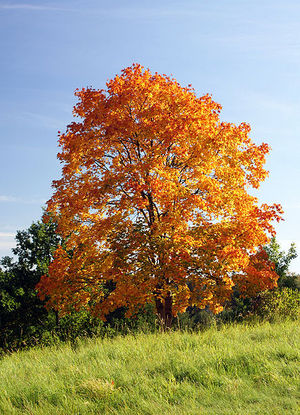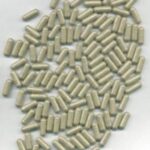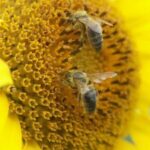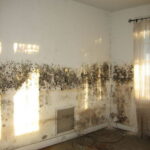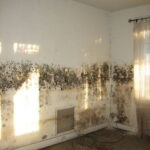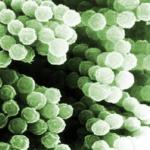Fall brings crisp weather, football games, back to school, Halloween and vibrant changing colors. But for children, fall can also bring unwelcome allergies. What allergies are most common in the fall? Here are six of the most common fall allergies in children.
Symptoms of Fall Allergies in Children
Hay fever is the name given to allergy symptoms caused by airborne allergens like pollen, ragweed or mold. When pollen or other allergens get into the body, they cause an immune response. The immune response leads to the release of chemicals called histamines into the bloodstream. Histamines are what cause the telltale symptoms of allergies in children- runny nose, itchy watery eyes, fatigue, coughing and sneezing. Airborne allergies can also worsen asthma, a potentially life threatening condition that causes a narrowing of airways, wheezing, coughing, shortness of breath and difficulty breathing.
Ragweed
Ragweed is the most common cause of fall allergies in children. Ragweed is yellow flowering weed that grows especially well in the Midwest and along the East Coast of the U.S. Ragweed pollen spreads through the air and is highest on windy days, during the morning hours and after a rainstorm. Ragweed pollen is especially good at traveling long distances with the wind. Ragweed begins pollinating in August and the summer is usually a prime season for these allergies. However, a warm fall or high numbers of ragweed in a given year can cause ragweed pollen counts to remain high well into the fall months. Children who are allergic to ragweed can also develop a condition called oral allergy syndrome (OAS). OAS causes an itchy mouth and throat when kids eat cucumber, banana, melon or other fruits and vegetables. Checking pollen counts in your area and minimizing exposure for your child can help prevent ragweed allergy symptoms.
Mold
Mold is made up of spores that easily become airborne when disturbed. Mold thrives in wet, damp places. Mold is plentiful in the fall due to the cool damp conditions. Piles of damp leaves outdoors and damp basements and bathrooms indoors cause mold to flourish during the fall months. Mold can also be caused by water damage inside homes, standing water or indoor houseplants.
Dust Mites
Dust mites are microscopic insects that resemble spiders. Dust mites can be found in carpets, upholstered furniture, stuffed animals and bedding. They are most common during the hot humid summer months. However, in the fall they can get released into the air when the furnace is first turned on.
School Allergies in Children
Back to school means back to allergies for many children. Many common fall allergies in children get worse at school. The most common school allergies in children include chalk dust, dust mites, food allergies and mold. Children with allergies should have an action plan in place at school in case they develop severe symptoms while at school. The child’s teacher, principal and school health personnel should all be involved in the action plan.
Food Allergies in Children
Food allergies can cause hives, abdominal cramping, coughing, diarrhea, nausea and vomiting. They can also cause anaphylaxis which can cause swelling of the lips, tongue or throat and possibly lead to death. The most common food allergies in children are peanuts and other tree nuts, milk, citrus, soy and wheat. Peanut allergies can be especially dangerous to children. In response, many schools are designated as peanut-free zones. Other schools don’t allow students to bring peanut containing items for lunch or snack and have peanut-free tables in the lunchroom.
Halloween Allergies in Children
Trick-or-treating and Halloween parties can trigger fall allergies for many children. Food allergies are the major concern on Halloween. Many Halloween treats like candy, chocolate and baked goodies include common food allergens such as peanuts, eggs, milk, tree nuts, wheat and soy. The problem with Halloween treats is that often allergens are hidden. If your child has food allergies, make sure they don’t eat any trick-or-treating candy until you get home and have a chance to sort through their loot. Toss any treats that you are unsure of. Most brands of candy have ingredient lists available on the manufacturer website so you can check for any ingredients that may cause a reaction in your child.
Sources
Web MD
Keep Kids Healthy
